A new USDA zone map was finally made. Heres the link to it... http://planthardiness.ars.usda.gov/PHZMWeb/Default.aspx
And here are some of the new USDA zones for some cities around the country. A few of them are surprising and maybe a bit too warm or cold than they should be.
What do you think of the new map and what's your new USDA zone.
We went up 1/2 a zone here. Now NYC is a zone 7b!
Heres a list of some random cities from coldest to warmest....
Des Moines, IA (5b)
The city center and areas south are a zone 5b for the most part with many 5a pockets, especially north of the city which is predominantly 5a.
Chicago, IL (6a)
The city center of Chicago is a zone 6a according to this map. Once you get away from the city you are in zone 5b territory.
Detroit, MI (6b)
Areas along the lake shore is a zone 6b. Once you travel away from the lake, zone 6a is present.
Erie, PA (6b)
Most of the city is a zone 6b, but coastal areas are definitely a zone 7a according to this map.
Boston, MA (6b)
Most of the City is a zone 6b, however the airport is a zone 7a. The islands of Coastal MA are a zone 7a and Nantucket even has a bit of zone 7b on it.
Nashville, TN (7a)
Nashville is in a solid zone 7a as is much of Central TN.
Washington DC (7a)
Surprisingly, DC is mostly a zone 7a according to this map. Areas very close to the River (and especially areas close to the river and south of the city center) are a zone 7b. Nearby Annapolis is a zone 7b. Not sure if I agree with Washington being this cold.
Salt Lake City, UT (7b)
The city center is a zone 7b. It quickly tapers into a zone 7a outside of the city. There is a great variation of USDA zones in a short distance in this part of the country.
Philadelphia, PA (7b)
The city center of Philadelphia is a zone 7b, areas outside the city center is a zone 7a. Harrisburg is a zone 7a at the city center and areas outside the city is a zone 6b.
Cape May/ Atlantic City, NJ (7b)
Coastal Southern New Jersey is all a solid zone 7b. Many of the barrier islands of NJ are actually zone 7a according to this map. The influence of the Raritan Bay in the Sandy Hook area of NJ made that area a zone 7b as well.
New York, NY (7b)
Manhattan, Brooklyn, and Queens are all zone 7b. Coastal Staten Island is also zone 7b, but forested and hilly areas of the island are 7a and much of the Bronx is also zone 7a. Western Long Island is a zone 7b,
Memphis (7b/8a)
The city center of Memphis is a zone 7b, areas just outside the city center is a zone 8a. Chattanooga is a more solid zone 8a.
Atlanta, Ga (8a)
Atlanta is a solid 8a along with much of Central Georgia. Areas to the North of Atlanta are zone 7b.
Norfolk / Virginia Beach, VA (8a)
Norfolk and Virginia Beach are both Solid zone 8a's according to the new map. The southern Part of the Del/Mar/Va penn is also a solid zone 8a. Personally, I think VB and Norfolk are more of a zone 8b.
St. George, Utah (8b)
St. George is a zone 8b with some pockets of zone 9a to the southwest. There is also a lot of zone 8a and colder within the city.
Cape Hatteras, NC (8b)
I was expecting the Outer banks to be a zone 9a, but according to this map, the warmest part of the banks is a zone 8b. No zone 9a's in NC.
Savannah (8b)
Savannah is a zone 8b and the coastal Islands of Georgia to the south of Savannah is a solid zone 9a. Brunswick is an example of a city in a solid zone 9a.
Seattle/ Tacoma, WA (8b)
Both of these cities are a solid zone 8b. Areas along the Pacific Coast of Washington State are also a zone 8b with a little bit of zone 9a also present
Tallahassee, FL (8b)
Tallahassee is in the coldest zone in Florida, zone 8b. This area covers areas in Northern Florida that are away from the coast.
Mobile, AL (8b)
Mobile is a solid zone 8b, but there is a zone 9a along the southern coast of AL.
Houston, TX (9a)
Houston is a solid zone 9a. Coastal areas such as Galveston are a zone 9b.
Jacksonville, FL (9a)
A solid zone 9a. You have to go pretty far away from the city and coastal areas to go into zone 8b territory. Gainsville is also a zone 9a as well as Panama City on the panhandle of Florida.
New Orleans, LA (9b)
The city center is a zone 9b with areas away from the city more of a zone 8b. The "Boot" of LA around the Mississippi Delta is also a zone 9b and there is even a little pocket of zone 10a in the southernmost tip of LA.
Corpus Christi (9b)
Corpus Christi is a solid zone 9b along with much of Southern Coastal Texas. Brownsville is a zone 10a, the warmest part of the state.
Orlando, FL (9b)
Most of central Florida is a zone 9b. Not a lot of variation in the USDA zones in this area.
Phoenix, AZ (10a)
Lots of zone 10a pockets in the city of Phoenix. The northeastern part of the city is a zone 10a with 9b being more prominent in the southwest part of the city. There are actually some very small zone 10b pockets in southern AZ. Yuma is a solid zone 10a with some small pockets of 10b in areas away from the city.
Tampa, FL (10a)
The clearwater/St. Petersburg area is a solid zone 10a as well as the coastal areas of Tampa's city center. Once you travel away from the city and coast, you are in zone 9b territory. Fort Myers, Naples, and Vero Beach are good examples of other solid zone 10a's in Florida.
Los Angeles/ San Diego/ San Francisco, CA (10b in city center, 10a away from center)
All of these cities are zone 10b by the city center. Los Angeles has a large portion of the city as a zone 10b and Los Angeles even has a zone 11 by the Malibu area. The Southern Channel Islands are zone 10b/11 and the Northern Channel Islands are a zone 10a/10b. Santa Barbara is a zone 10a with some localized 10b and 9b.
West Palm Beach, Miami, Fort Lauderdale, FL (10b)
All of these cities are a solid zone 10b.
Key West and the Florida Keys (11b)
Key west is a zone 11b (45F - 50F)
Honolulu, HI (12a)
Most of Coastal Hawaii is a zone 12a (50F-55F), some areas of Hawaii are as warm as 12b (55F-60F). The highest peaks of Hawaii are a zone 9a. Still not a bad zone for growing palms, but good luck growing anything at that altitide!
San Juan, PR (13a)
San Juan, PR is one of the warmest areas covered with the USDA zone map. The city is a zone 13a (60F-65F) and there are some pockets of 13b (65F-70F). The mountains of PR are 11b (40F-45F).
What do you think of the new zones?
-Alex
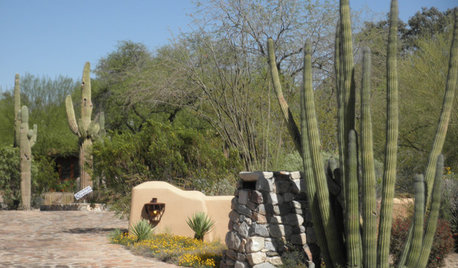
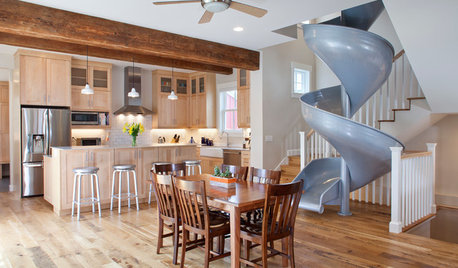
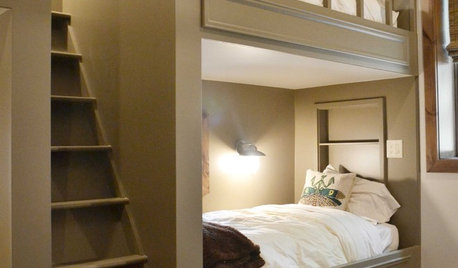
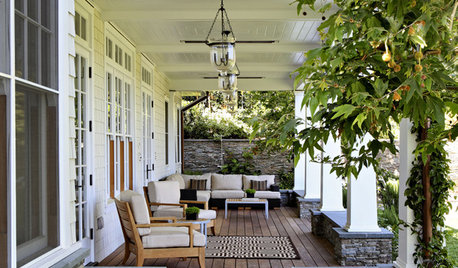
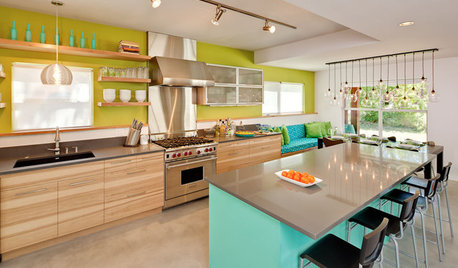
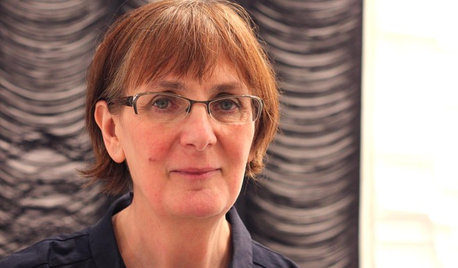
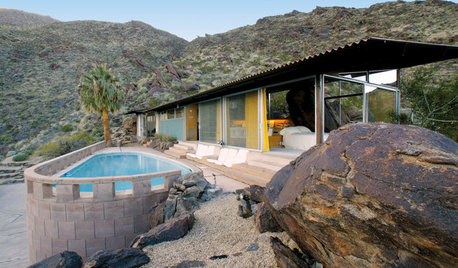
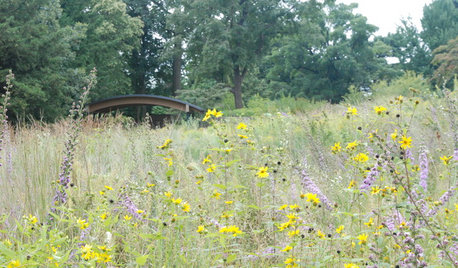
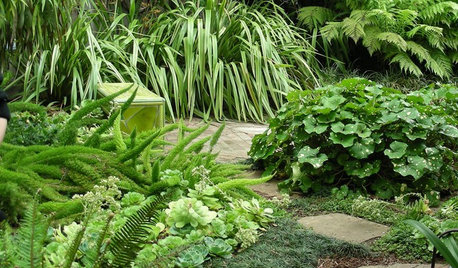




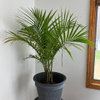
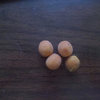
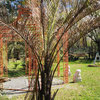
User
tropicalzone7Original Author
Related Discussions
New 2012 USDA Hardiness Zone Map
Q
New USDA Plant Hardiness Zone Map Released
Q
2012 USDA Plant Hardiness Zone Map
Q
2012 New USDA Zone Hardiness Map
Q
HardyPalmFreak
chadec7a
tropicalzone7Original Author
chadec7a
islandbreeze
ericthehurdler
tropicalzone7Original Author
bill_ri_z6b
joey_powell
butiaman
tropicalzone7Original Author
us_marine
jacklord
bill_ri_z6b
Tangobutt